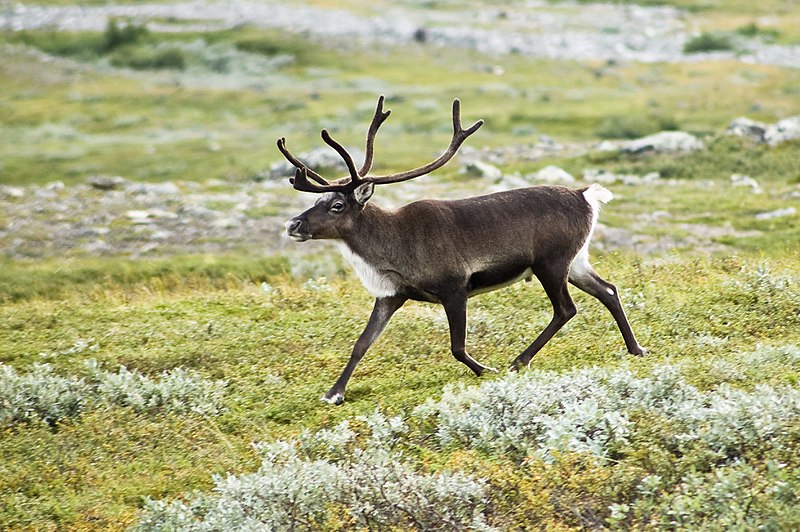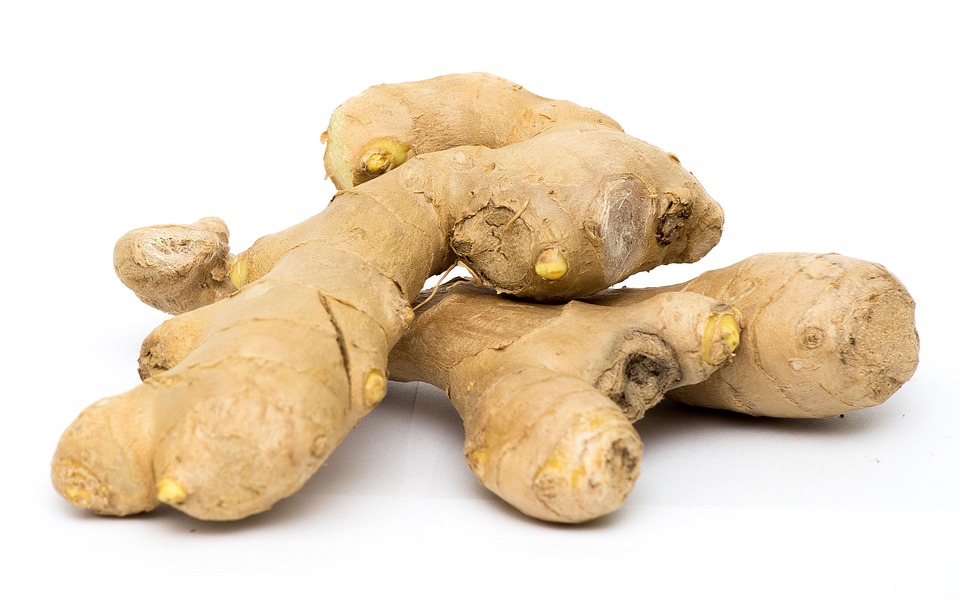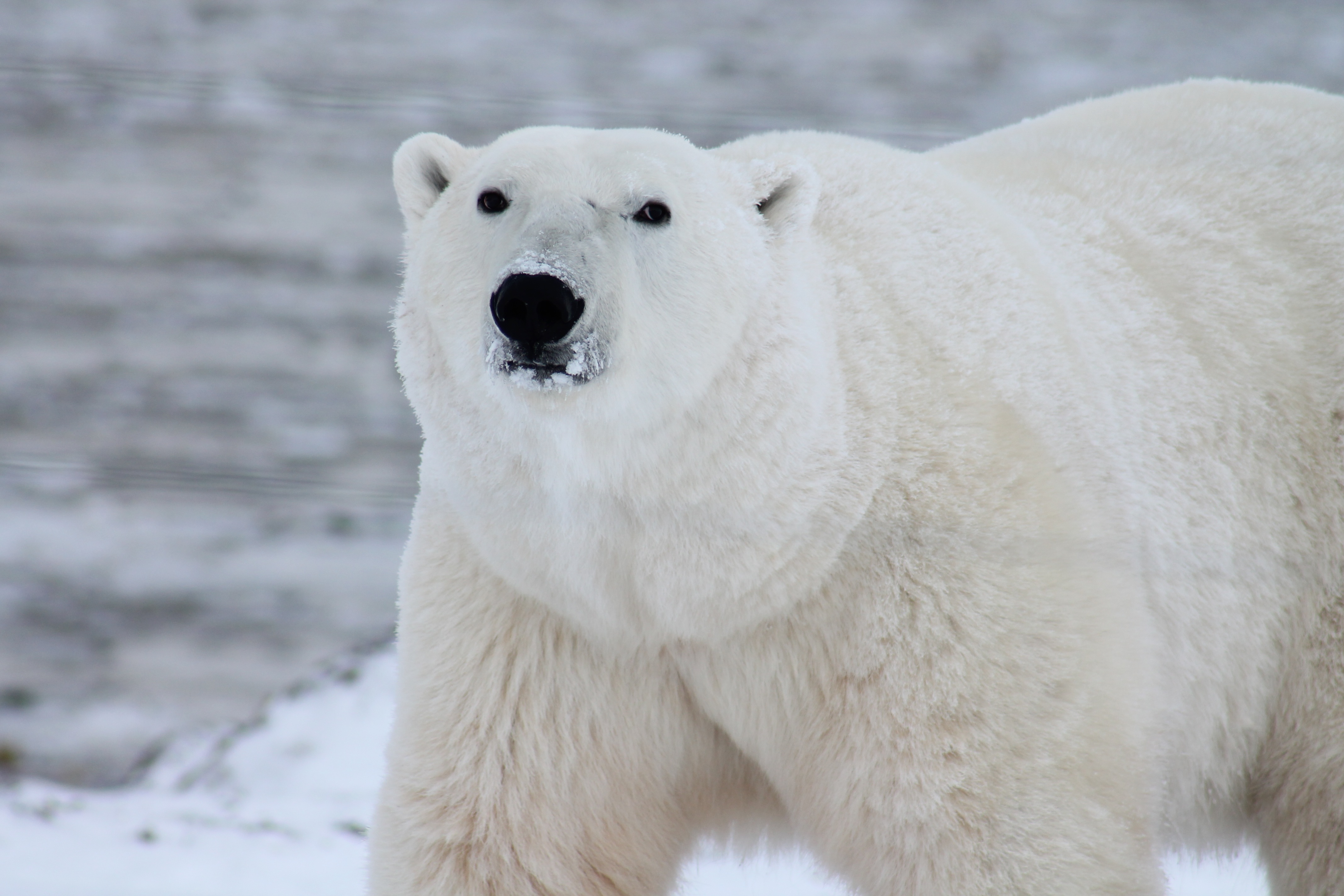Blog

#bioPGH Blog: Ho, Ho, Ho, Holiday Science!
 A resource of Biophilia: Pittsburgh, #bioPGH is a weekly blog and social media series that aims to encourage both children and adults to reconnect with nature and enjoy what each of our distinctive seasons has to offer.
A resource of Biophilia: Pittsburgh, #bioPGH is a weekly blog and social media series that aims to encourage both children and adults to reconnect with nature and enjoy what each of our distinctive seasons has to offer.
The next few weeks may bring a variety holiday hobnobbing, from family festivities to a New Year’s bash to watch the ball drop! With all of the potential for a full social calendar, you may be searching for some conversation topics to astound your holiday hosts — and I have just the outline for you, dear reader. Just like we were all prepared with Thanksgiving fun facts, when you hear a conversation lagging…wham! You can sleigh ride in with some holiday science to save the day!
Up on the housetop, click click click
Besides the unique magical ability to fly with Santa, reindeer have some notable adaptations to manage life in the Arctic. One of those adaptations was immortalized in the Ben Hanby song “Up on the Housetop,” where he notes hearing the click, click, click of reindeer on the roof. That clicking sound when reindeer walk is actually a little sesamoid bone (tiny bones embedded in tendon or muscle) snapping on their metatarsals when they walk. The reason for this clicking isn’t known for sure, but it is thought to help herd members maintain contact with each other in whiteout conditions. Reindeer also have another unique wintry adaptation that most mammals do not: UV vision. Ultraviolet light is invisible to us humans, so we can’t quite imagine what other colors reindeer can see; but the extra color vision most likely helps them during the darkest seasons in the Arctic when any available light is useful.

Photo: Alexandre Buisse, CC-BY-SA-3.0,2.5,2.0,1.0
Kissing Under the Hemiparasite
Though we have a single idea in our minds of what we mean when say “mistletoe,” this common name is used colloquially for over 1,300 species of plants from four different plant families. (Here in the US, we are most familiar with Phoradendron tomentosum, Christmas mistletoe, found in southern states.) The common trait among mistletoe species is that they are flowering plants that parasitize host trees. Some species of mistletoe are hemiparasitic, meaning they primarily take advantage of their host’s water supply but still can undergo photosynthesis for their own energy. Other species, though, are holoparasitic — they divert both water and the products of photosynthesis from their hosts to themselves. How does that saying go, a rose by any other name would smell as sweet? Perhaps, but I would imagine that songs about mistletoe just sound a bit sweeter than songs about parasites.

Image: Gary Knight, CC-BY-2.0
Ginger Rhizome Bread Houses
Gingerbread, ginger ale, ginger snaps — the zesty goodness of ginger is everywhere this time of year! And while some of us even go that extra mile to find fresh ginger “roots” for cooking, it’s actually not ginger roots that we use: it’s the rhizome. A rhizome is a modified plant stem that grows underground, and rhizomes have little nodes that the actual roots and above-ground stems can extend from. Plant anatomy for the win!

Image: Pixabay
Let it snow, let it snow
Aside from using Queen Elsa’s magic, have you ever wondered how millions of snowflakes crystallize to form a wintry evening snowscape? Snowflake formation starts with two main ingredients: water vapor (moisture in the air) and a little speck of something — perhaps dust, a microbe that made it high into the atmosphere, pollen, volcanic ash, etc. Water vapor in the atmosphere will begin freezing around that little speck of dust, which ultimately becomes the center of a snowflake. Since water is a chemical, snowflakes form in the predictable patterns of water chemistry; as the little water crystals form, they grow into hexagonal shapes since it’s the most efficient way for water molecules to link together. We can see the macroscopic view of this as snowflakes always have six points! As the snowflakes grow, each one will also experience a range of conditions different from its tiny frozen neighbors. Perhaps this one meets a gust of cold air while that one meets a gust of very cold air. The temperature will impact the crystallization process, meaning that the final outcome of each snowflake will be delightfully unpredictable and unique. Crystallization patterns are influenced by the temperature of the snowflake as it forms in the atmosphere. Since the teeny little developing snowflake will bounce around in the atmosphere before eventually falling to Earth, there are plenty of opportunities for a growing snowflake to encounter different conditions that add natural variations to the crystals.
Of Penguins, Polar Bears, and Personal Pet Peeves
If you have been reading along with us for a while, hopefully you know I’m jolly as an elf and I do love my wild world…however…this holiday season, just say no to my personal pet peeve: penguins and polar bears on the same holiday designs. The North Pole may be a magical place, but it is only home to one of these two supposedly wintry species: polar bears. Penguins, on the other hand, can be found in many coastal habitats of the Southern Hemisphere. Galapagos penguins, of the Galapagos Islands, are the northernmost species of penguin, and they are found on the equator and in just the tiniest dash of the Northern Hemisphere. Other penguins species live along coastlines in a variety of locations such as South America, Africa, New Zealand, and Antarctica. So nary do polar bears and penguins ever meet!

Polar bear says "Never have I ever...seen a penguin." Image, Ambienthavok, CC-BY-SA-4.0
Until Next Year…
Well, I hope we all feel prepared for any gabby social situations ahead! I wish you all a lovely holiday season, and thank you so much for reading along throughout 2022. See you next year for more explorations of our wild world!
Resources
Smithsonian – Snowflakes May Have Different Designs, But They Always Have Six Sides
Images: Cover, Paul Asman and Jill Lenoble CC-BY-2.0; header, Pexels

